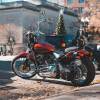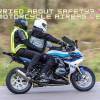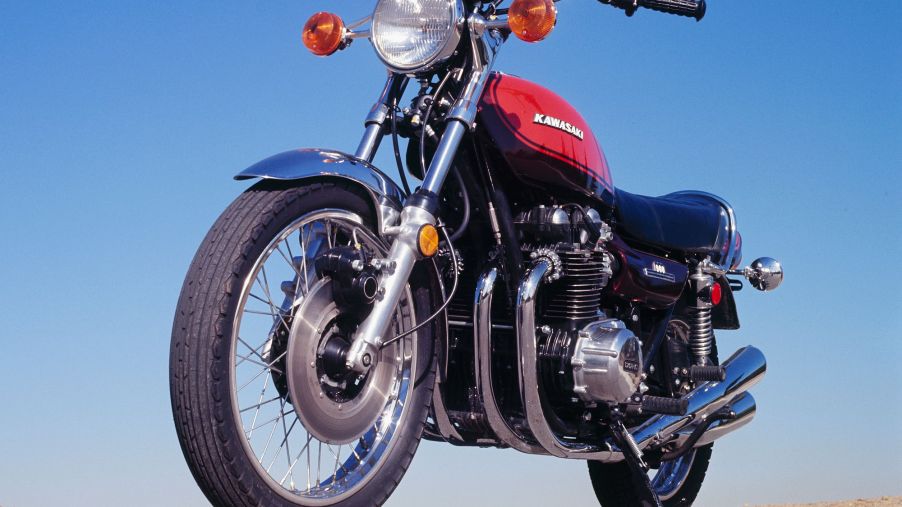
The Kawasaki Z1 900 Fought the Honda CB750 With Sheer Speed
Much like the original Acura NSX rocked the supercar world, the Honda CB750 moved the whole motorcycle industry. It drove BMW to develop the R90S and sounded a death knell for many British bike brands. But soon, the CB750 had some competition of its own from other Japanese companies. And where speed and power were concerned, the Honda couldn’t keep up with the Kawasaki Z1 900.
The 1972-1976 Kawasaki Z1 900 “was a revolution in…what a motorcycle could be,” Cycle World says
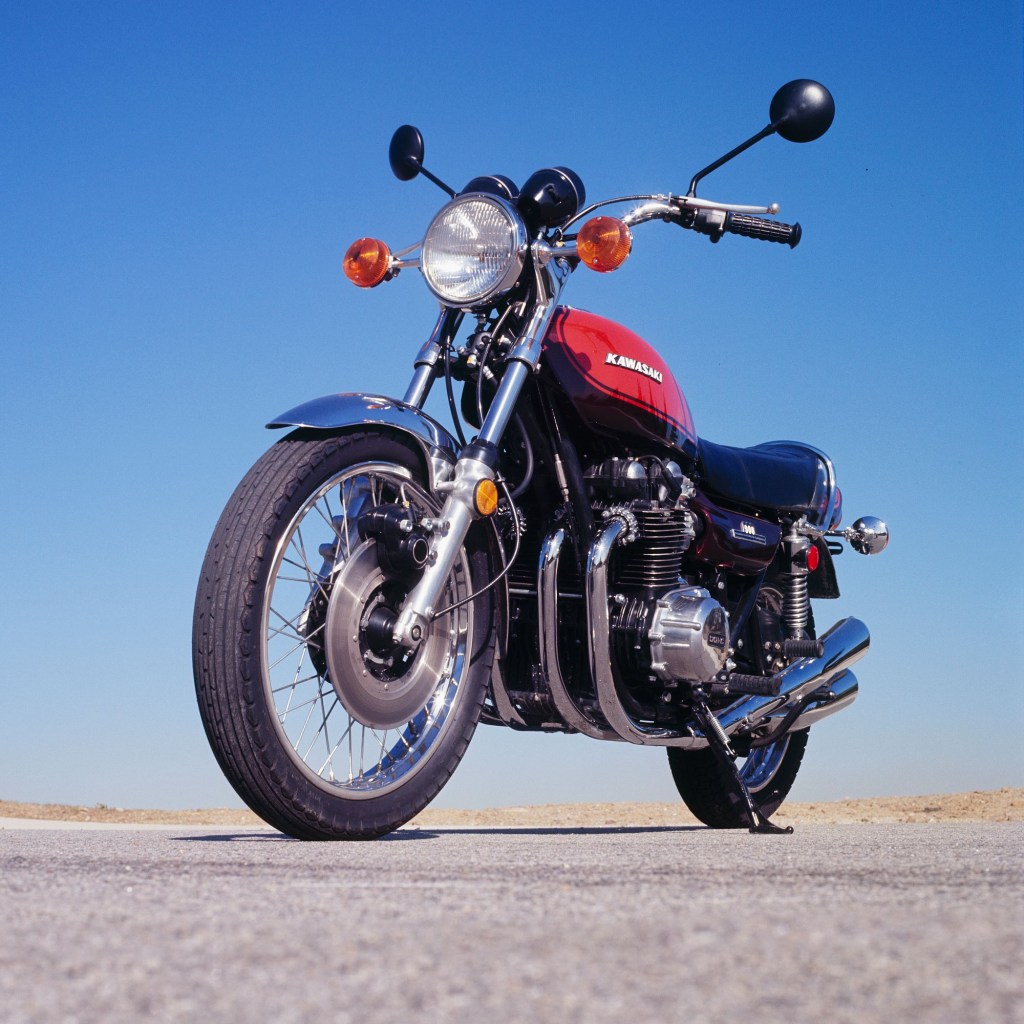
By the mid-to-late ‘60s, Kawasaki’s powerful two-stroke models had established the Japanese company’s international reputation. But tightening emission standards meant it needed a four-stroke model, which was initially designed as a 750cc model codenamed ‘New York Steak,’ Motorcycle Classics reports. Why that code name? Because Kawasaki wanted it to be “bigger and better than anything in America,” Iron & Air explains.
Unfortunately, the 1969 Honda CB750’s arrival meant a change of plans. If the ‘New York Steak’ was really going to be the biggest bike, it needed a more impressive engine, Cycle World reports. And that’s exactly what the 1972 Kawasaki Z1 900 delivered.
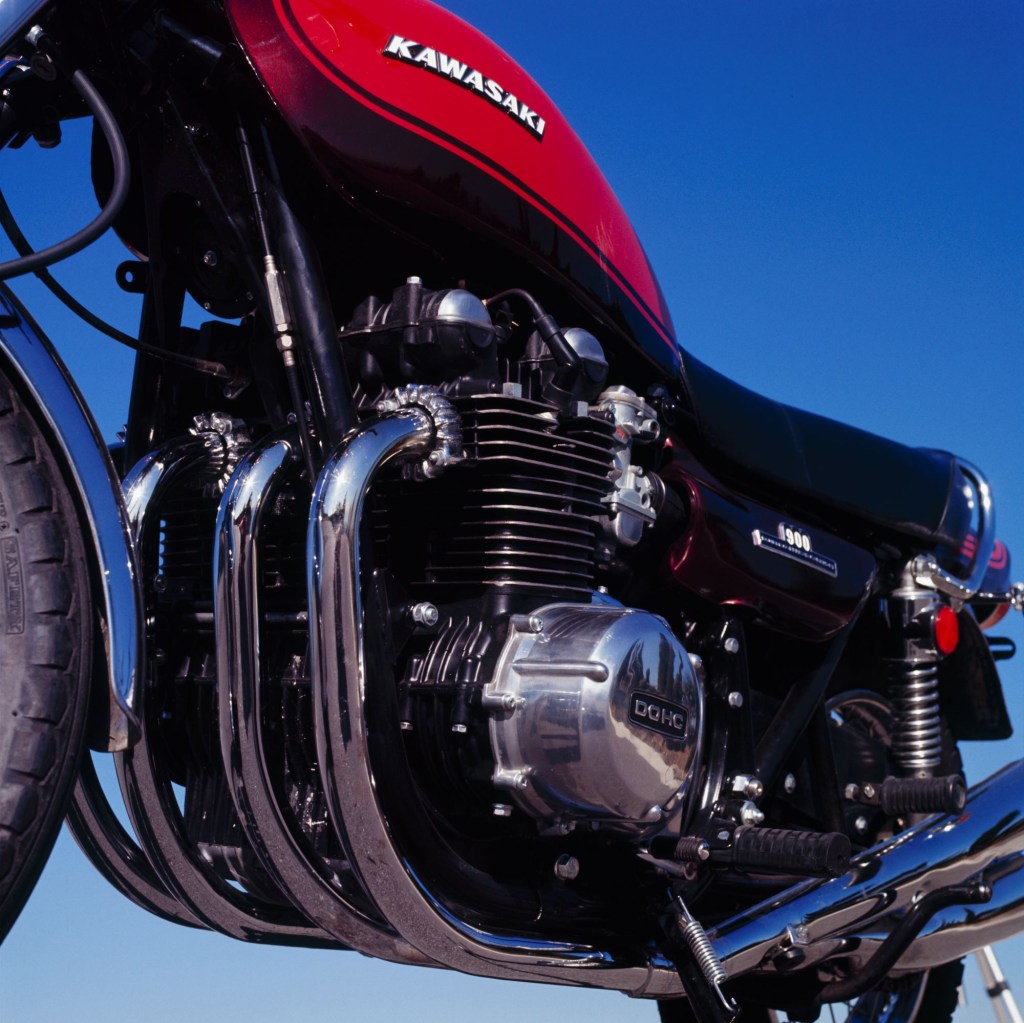
The Kawasaki Z1 900, later named the KZ900, has an air-cooled inline-four engine like the CB750. However, instead of being a 750cc engine, it’s a 903cc engine rated at 82 hp linked to a five-speed transmission. That made the Z1 900 not just the most powerful Kawasaki bike up to that point, but the most powerful Japanese motorcycle, period, Gear Patrol and Hagerty report. And it meant the Z1 was extremely fast.
Although the Kawasaki Z1 900 weighs more than the CB750, it’s more powerful. And it broke a production-bike speed record set 25 years earlier by the Vincent Black Shadow. A stock Z1 900 can go over 130 mph, Silodrome reports. Development prototypes reportedly hit “‘about 140 mph,'” Motorcyclist recounts. And a fully-faired example tuned by ‘Pops’ Yoshimura set a one-lap record at Daytona at 160.19 mph in 1973, Iron & Air reports.
The Z1 was so fast that it led to the development of the AMA Superbike class. And its rivalry with the CB750 sparked the Universal Japanese Motorcycle segment. Hence why Cycle World calls it “a revolution.”
They called the Kawasaki Z1 900 ‘the king of motorcycles’
In-period, many riders referred to the Kawasaki Z1 900 as ‘the king of motorcycles,’ Brightside Media reports. But while the bike’s speed was certainly impressive, some of its other parts weren’t quite so much.
Admittedly, the Z1 900 has several advanced features for the period. Besides the optional electric start, it has a front disc brake with dual discs as an option, The Drive and Canada Moto Guide report. An automatic chain oiler was standard as were dual overhead camshafts; up until now, DOHC engines were for race bikes.
However, in some ways the Kawasaki Z1 900 “was the motorcycle equivalent of a muscle car,” Iron & Air explains. The bike wobbled at high speeds, and going fast meant more wear on the chain, rear tire, and rear shocks. And the chassis and suspension couldn’t quite keep up with the horsepower. Superbike racer Reg Pridmore described his tuned race-spec Z1 as “‘making 141 bhp in a 100-bhp frame,'” Motorcyclist reports.
And yet, that’s also a key part of the Kawasaki Z1 900’s appeal. It’s a bit like one of Dodge’s Hellcat models in that sense. No, it’s not necessarily the sharpest bike in the corners. But the thrill of its acceleration and power makes up for it. “‘The fact it was a bit scary was all part of the image,'” MCN explains.
It seems, then, that the Z1 900’s ‘king of motorcycles’ appellation is well-deserved.
This ’70s Hellcat of a superbike is rising in value
Up until a few years ago, the Kawasaki Z1 900 was still fairly affordable. In 2020 a 1973 example sold on Bring a Trailer for $10,600.

However, prices for pristine examples have risen recently, and will likely keep rising, Hagerty reports. For now, if you want the best Z1 900 on the market, you’ll easily pay over $30K for it. That being said, it’s still possible to find good-condition Z1 900s for less than half that price, Hagerty reports. But if you want a piece of ‘New York Steak,’ you might want to act fast.
Follow more updates from MotorBiscuit on our Facebook page.

